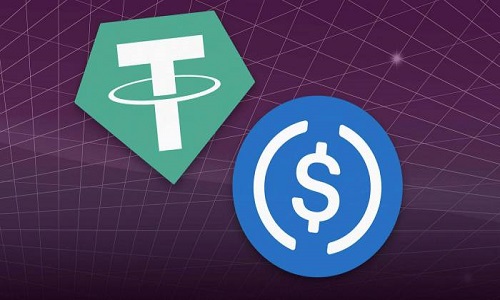Last updated on November 17th, 2022 at 12:42 pm
With questions about how Tether’s USDT has kept its head above water for so long and Circle announcing plans to go public, stablecoins have never been so much talked about since they came into existence seven years ago.
For the record, stablecoins are digital assets that exist without the volatility that’s associated with other cryptos like Bitcoin or Ethereum. The value of stablecoins is tied to fiat currencies and other fiat-denominated assets.
Unlike, say, Bitcoin whose price can be influenced by tweets from Jack Dorsey or Elon Musk, the prices of stablecoins are pegged to fiat currencies such as the US Dollar.
Though cryptos have always been traded against fiats or other cryptos, trading popular cryptocurrencies against stablecoins has become increasingly popular since 2017. Trading cryptos against fiat is faster, cheaper, and offers more liquidity.
Tether eyed by regulators…
With close to 50% of all Bitcoin being traded against Tether (USDT), this stablecoin has been of massive support to the entire crypto space.
However, regulators are beginning to close in.
The U.S. Justice Department, according to Bloomberg’s report, is launching an investigation into whether Tether hid from banks that transactions were linked to crypto when it first started out.
Well, Tether has responded on its website. Though not directly denying the allegations, it says the report centres on “years-old allegations, patently designed to generate clicks.”
Circle going public…
Circle is set to be valued at $4.5 billion following its merger deal with Concord Acquisition Corp., a publicly traded special purpose acquisition corporation (SPAC).
The USDC issuer has since announced plans to go public.
As part of its transparency campaign, Circle, for the first time on July 16, published a breakdown of the assets backing its stablecoin. According to the firm, about 61% of its tokens are supported by “cash and cash equivalents.”
Not just crypto investors, regulators are talking too
CoinMarketCap. reports that the total market capitalization of stablecoins, since the year began, hit $116 billion on July 26.
This has stirred the interest of regulators. Experts think it’s because regulators see stablecoins as disruptors of traditional finance. Shortly after U.S. Treasury Secretary Janet Yellen announced she would examine stablecoin regulation and risks as part of a presidential advisory group, discussions have been held “in light of the rapid growth in digital assets.”





















